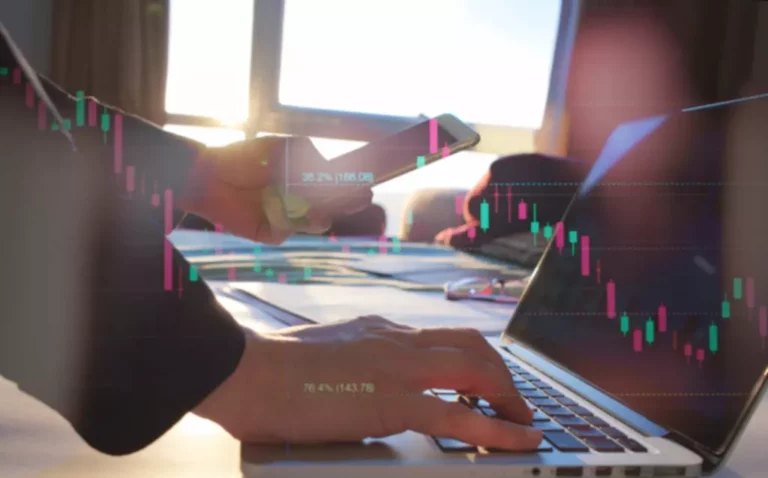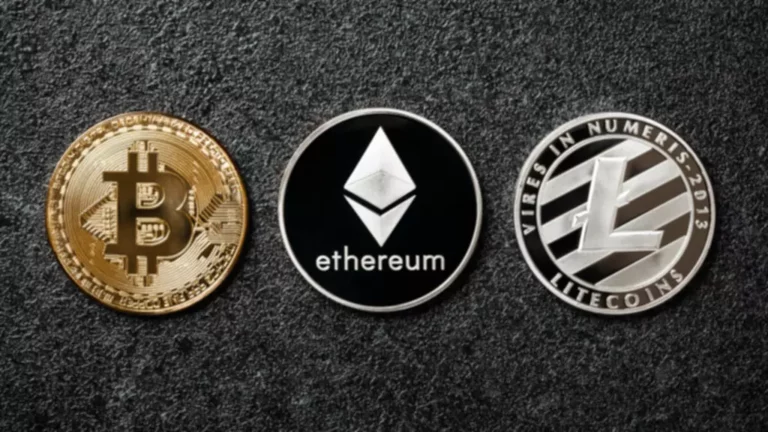Content
In this case, the provider guarantees price feeds and the possibility of executing leveraged CFD orders. Brokers rely on liquidity providers to provide smooth trading conditions and asset availability. Exchange-traded products (ETPs) enable investors to access exposure to Bitcoin and Ethereum through the convenience of a traditional brokerage account. The ETP wrapper helps remove the operational, tax, and custody Mining pool complexities of holding digital assets directly. The ease of trading ETFs gives investors more control over when and how they trade.

What does the liquidity provider?
Market makers will deliver ETF baskets to the AP https://www.xcritical.com/ in exchange for ETF shares. In one situation, it has a high trading volume and a tight bid-ask spread of $0.02, indicating high liquidity, which means shares can be easily bought or sold without significantly affecting the price. Alternatively, a stock for ABC, Inc. has a low trading volume and a wide bid-ask spread of $2, indicating low liquidity. Here, buying or selling ABC shares would not receive prices as favorable, and trading large amounts could noticeably change the price.

What type of reporting packages should be provided by the liquidity provider?
We believe ETFs are the vehicle of choice for millions of investors because they provide a simple, cost-effective way for all investors to navigate investing. ETFs have different layers of liquidity that allow investors to trade ETFs in amounts that can far exceed an ETF’s ADV without significantly affecting the price. When the ETF shares are sold and if the ETF was held in a unlock superior liquidity with etfs taxable account, the investor will owe taxes on any capital gains. Funds that track the S&P 500 index include SPDR (SPY), Vanguard S&P 500 ETF, or iShares S&P 500 ETF. The Range Cancer Therapeutics ETF (CNCR) tracks the Range Cancer Therapeutics Index and invests in stocks that focus on the research and development of drugs and technology to fight cancer using immunotherapy. Liquidity ETFs may not be suitable for all investors, especially those with a long-term investment horizon.
ETFs inside story: How they're created
A liquidity provider (LP) is responsible for the market balance and minimum gaps between the ask and bid prices. Furthermore, providers make sure investors’ bids or ask offers are executed immediately, otherwise, a buyer or seller needs to wait for the reaction of natural buyers and sellers, facing possible losses. It's a smart idea to thoroughly read a fund's objective and strategy, investigate what a fund invests in, and research the fund's expense ratio. Many brokerages have internal tools to help you research ETFs (like the Fidelity ETF Screener), and there are also third-party research firms, like Morningstar, that could give you helpful insight.
- When it comes to investing in exchange-traded funds (ETFs), investors have a wide range of options to choose from.
- When it comes to owning ETFs, a key element to consider is the Total Expense Ratio (TER), which represents the total cost of holding an ETF for one year.
- Commodity ETFs seek to track the price of physical assets such as gold, oil and wheat.
- Exchange Traded Funds (ETFs) are bought and sold through exchange trading at market price (not NAV), and are not individually redeemed from the fund.
In addition, there’s no investment minimum with iShares ETFs… and you can start with as little as $1 when you buy fractional shares of iShares ETFs. Like a playlist is a group of songs, an ETF is a diversified group of stocks that often seeks to track an index, like the S&P 500. ETFs based on new investment trends include the Robotics & Artificial Intelligence ETF (BOTZ) or the Drone Economy Strategy ETF (IFLY). The Obesity ETF invests in companies developing ways to fight obesity and related diseases. The distribution and offering of this document in certain jurisdictions may be restricted by law. Persons into whose possession this marketing material may come are required to inform themselves about and to comply with any relevant restrictions.

ETFs rely on a unique creation and redemption mechanism that provides primary market liquidity. Authorized participants (APs) can create or redeem ETFs and exchange the “baskets” of the ETF’s underlying securities for new ETF shares from the fund issuer. Simultaneously making offers to buy (bid) and sell (ask) securities at specified prices, market makers provide two-sided liquidity to other market participants.
For liquidity providers, the latency that matters is relative latency, defined as their ability to be faster than their peers. The aim is then to execute within the shortest time possible both in terms of detecting price discrepancy and in terms of execution. This has become the primary driver of the current arms race between liquidity providers (to beat their competitors). Choosing a broker with renowned liquidity providers is a wise strategy to ensure you obtain the best possible pricing and spreads and that slippage is minimized.
Less liquid assets may take longer to sell or require accepting a discounted price. Our reliable trading technology and transparent liquidity fee structure ensure financial institutions achieve cost-optimized business models, increase profitability, and improve the efficiency of their operations. We offer deep institutional liquidity on 5000+ global instruments including forex, indices, commodities, shares, and ETFs, enabling Brokers and Banks to diversify their instruments portfolio. We are able to offer significantly improved spreads and much lower fees for retail brokers working in STP/ECN models. ETFs are listed on public exchanges, and you can buy and sell them throughout market hours just like stocks.
We provide guidance with ETF comparisons, portfolio strategies, portfolio simulations and investment guides. The whole or any part of this work may not be reproduced, copied or transmitted or any of its contents disclosed to third parties without SSGA’s express written consent. Passive management and the creation/redemption process can help minimize capital gains distributions.
There can be no assurance that an investment strategy based on the tools will be successful. Carefully consider the Funds' investment objectives, risk factors, and charges and expenses before investing. This and other information can be found in the Funds' prospectuses or, if available, the summary prospectuses, which may be obtained by visiting the iShares Fund and BlackRock Fund prospectus pages. IShares Core ETFs are designed to work together at the foundation of a portfolio to help investors pursue their long-term investment goals.
It’s essential to consider the overall liquidity profile, including primary and secondary market liquidity, rather than relying exclusively on the bid-ask spread. When mutual funds change their holdings, any profits from selling investments are considered "capital gains" and are taxed. ETFs are structured in a unique way that helps shareholders reduce the annual taxes on their holdings.
Our ETFs and index capabilities provide hundreds of choices so investors can assemble their own portfolio playbooks. You’ve probably learned that keeping fees low is a big driver of successful investing. And while that's important, taxes may be more detrimental to long-term returns than fund management fees. When it comes to owning ETFs, a key element to consider is the Total Expense Ratio (TER), which represents the total cost of holding an ETF for one year. These costs consist primarily of management fees and additional fund expenses, such as trading fees, legal fees, auditor fees, and other operational expenses. And even then, the initial excitement can quickly turn to fear if the stock you pick doesn’t perform well.
For the creation of an ETF share, the AP assembles a portfolio or basket containing the ETF’s underlying securities. The AP then turns the basket over to the ETF custodian, who holds all the securities in the ETF. In return, the custodian delivers ETF shares that can be bought and sold in secondary markets.
